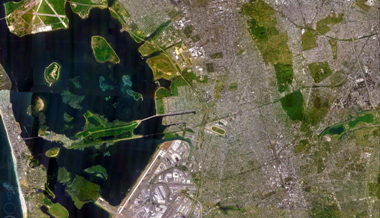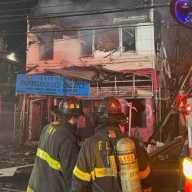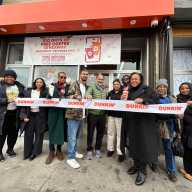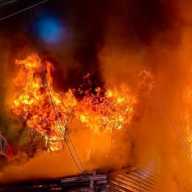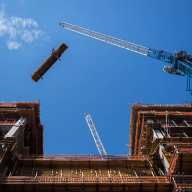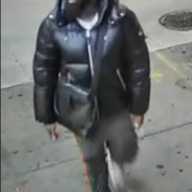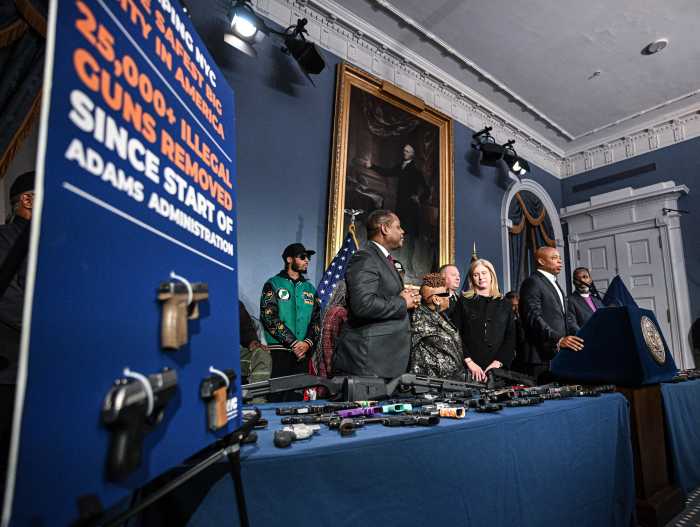Because of a state-secured grant, the much debated Queensway project is one step closer to getting off the ground.
The Trust for Park Land has received $467,000 from Governor Andrew Cuomo to study the feasibility of a three-and-a-half mile greenway on what once was the Rockaway Beach LIRR line.
This study would look at the plethora of things that go into converting the abandoned rail line into parkland, including engineering requirements, the environmental impact of the project and community feedback. Because more homes have been built around the tracks since service stopped in 1963, any use of the land would require studies to see how it will affect residents.
Friends of the Queensway, an advocacy group for the nature space, say it’s the first step in making the five-year-old dream come true.
“This is tremendous,” said Friends of the Queensway member Andrea Crawford. “This is what we’ve been waiting for.”
The walkway, expected to be double the size of Manhattan’s High Line, would celebrate the culture and diversity of Queens, Crawford said. If approved, it would run through neighborhoods such as Forest Hills, Woodhaven and Richmond Hill.
“There’s a hundred and something languages spoken within a mile of the Queensway,” she said. “So that’s what makes this so exciting. It really represents Queens.”
Others, however, have different ideas on what the land could be used for, particularly transportation for south and central Queens. A new Rockaway LIRR line would connect south Queens to the rest of the borough via mass transit, ease traffic problems and streamline a significantly long commute to Manhattan.
Either project would potentially run right through the middle of Forest Park as well.
Assemblymember Phillip Goldfeder, who has pushed for a new Rockaway Beach LIRR, thinks this new study should include a look at new transportation options as well. Goldfeder said he is working with rail advocates to ensure transportation is included in the study.
“I am opposed to any plan, or any study, that would exclude the opportunity and possibility of transportation via rail line,” he said. “I’m working with transportation and rail advocates that will work with the Trust for Public Land and do a rail feasibility study at the same time.”
Some just want the strip of land to be cleaned up and maintained.
The Woodhaven Residents’ Block Association (WRBA) has not taken a position on either side, but instead thinks the city should address the years of neglect. Either project would misuse state funds and be disruptive to residents living around the area — effectively ruining the character of the neighborhood, said WRBA President Ed Wendell.
“We heard from our residents; they’re dead-set against either plan,” Wendell said.

